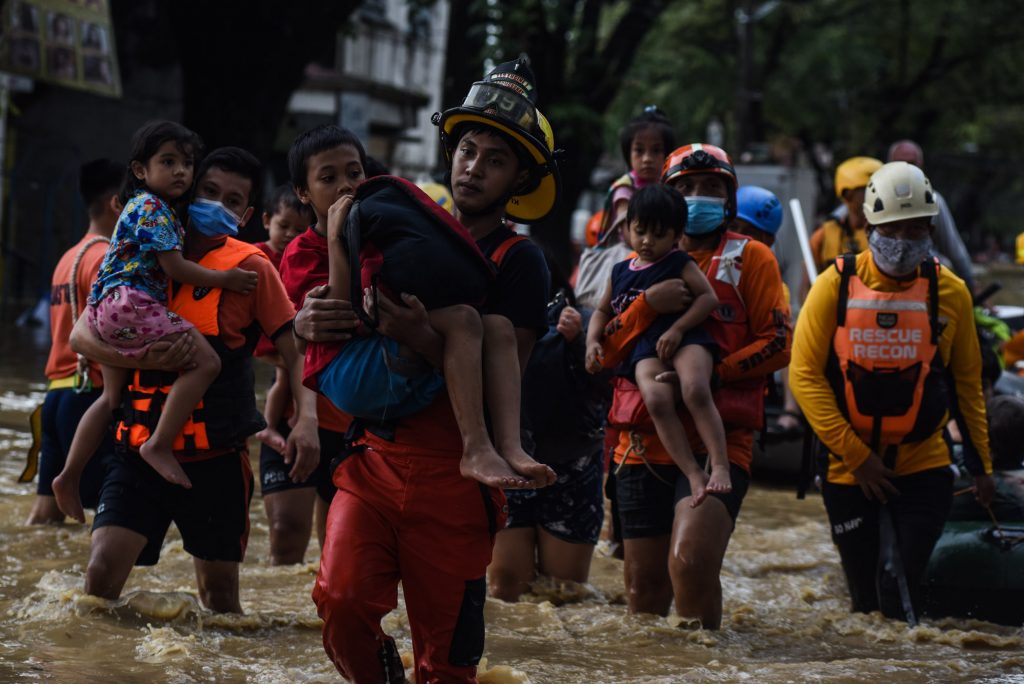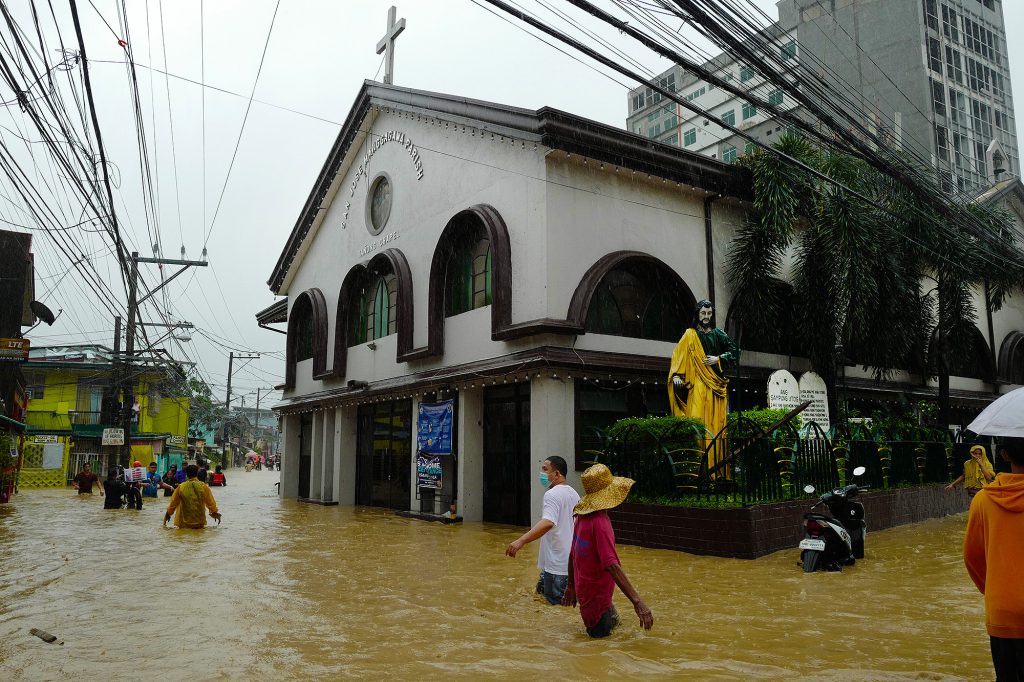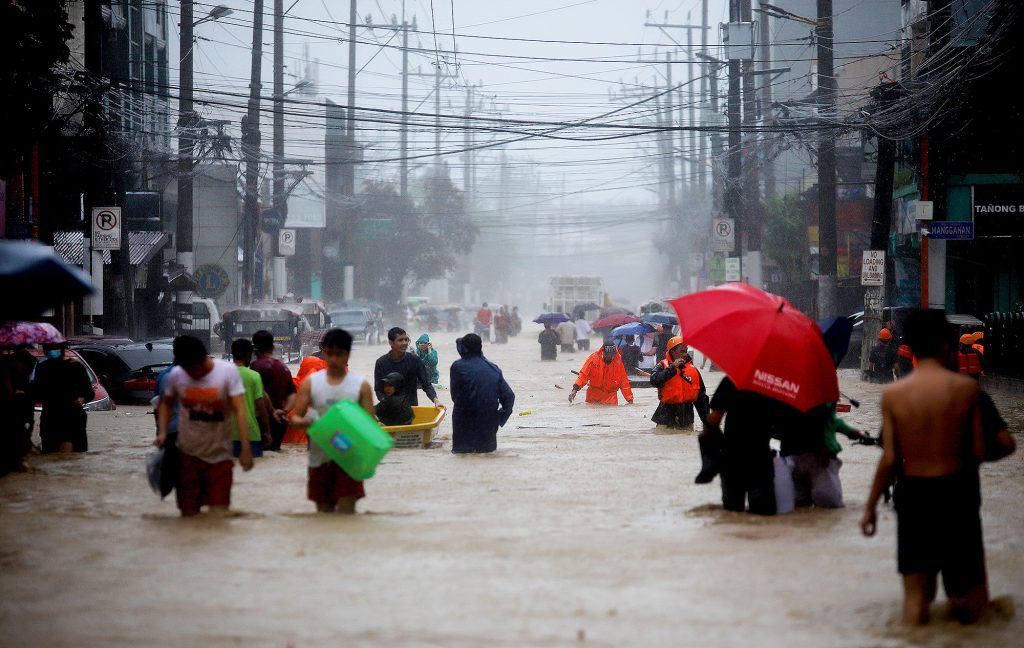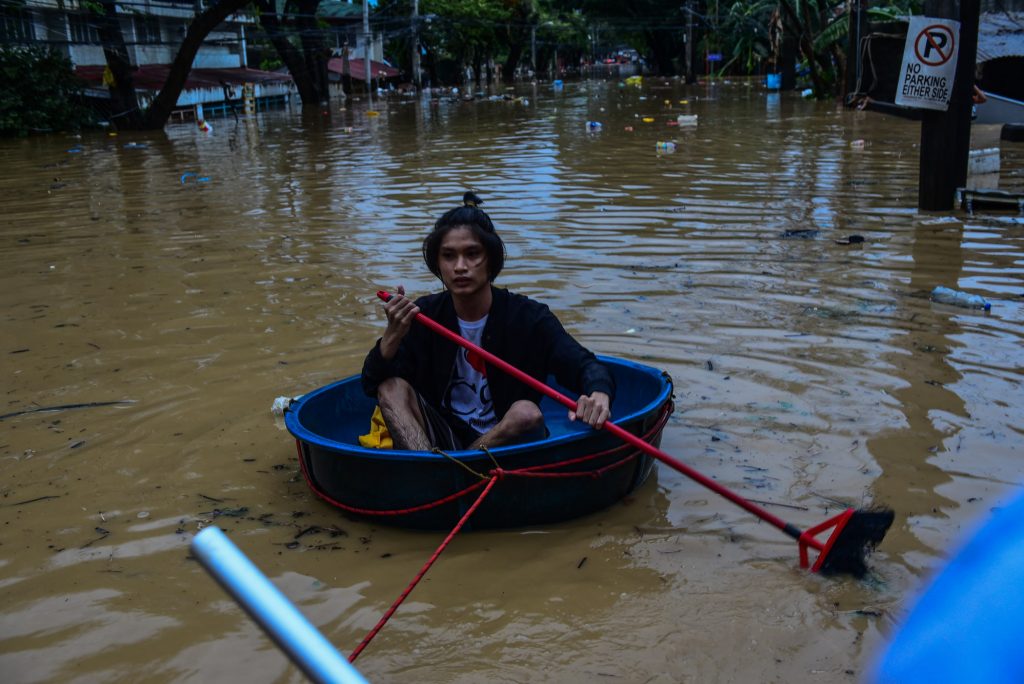
Philippine authorities continued search and rescue missions for at least 22 people who were reported still missing on Friday, November 13, a day after typhoon “Ulysses” (international name: Vamco) devastated the northern part of the country, including the capital Manila.
Search and rescue teams from various government agencies have already rescued a total of 138,272 people, according to the Philippine military.
The Philippine military said it has already recovered at least 39 bodies in the wake of the typhoon, which caused one of the worst flooding in years in the Philippine capital and nearby provinces.
The country’s National Disaster Risk Reduction and Management Council, however, pegged the official death toll from the typhoon at 14 as the agency continued to verify and consolidate reports from the field.
Interior Secretary Eduardo Año said reports of retrieved bodies still need to be verified as to whether the deaths were indeed caused by the typhoon.
Floods were reported in 105 cities and towns across the country’s Regions 1 to 5.
Typhoon “Ulysses,” the 21st and most deadly typhoon so far to hit the country this year, tore through the main island of Luzon this week, leaving tens of thousands of homes submerged in floodwater.

In the eastern part of the capital, water levels have started to recede on Friday, allowing residents, who were earlier rescued from rooftops, to start cleanups after returning to homes covered in debris and mud.
Authorities said about 500,000 households in and around the capital were without power and virtual classes and government work was suspended in most of Luzon, home to half of the Philippines’ 108 million population.
On Thursday, a number of churches in the capital cancelled the celebration of Masses as social action centers of Catholic parishes and religious congregations launched relief distribution campaigns in most affected communities.
The devastation brought by typhoon “Ulysses” came as the country was reeling from the impact of super typhoon “Rolly” (international name: Goni), the world’s strongest typhoon of 2020.
At least 25 people were earlier reported killed by the super typhoon that flattened thousands of homes in the Bicol region, south of the capital.
The successive typhoons — eight in the past two months — added to the challenges on a government battling community coronavirus infections and an economic recession.

Children most affected
UNICEF has expressed concern for Filipino children and families who continued to bear the brunt of natural disasters “in one of the most emergency prone countries in the world.”
In a statement, the agency noted that the country has been hit by weather disturbances that caused significant damage to lives and livelihoods in recent weeks.
“UNICEF and its partners are responding to an emergency within another emergency,” said Oyunsaikhan Dendevnorov, UNICEF representative in the Philippines.
“Children and their families are growing more and more vulnerable as they experience the threat of COVID-19 coupled with strong typhoons and other disasters,” said the official.
“We are concerned for the many children who are experiencing recurring threats to their survival, development, protection, and participation,” added Dendevnorov.
A day before typhoon “Ulysses” hit the country, UNICEF launched its super typhoon “Rolly” appeal amounting to US$3.7 million.
The campaign was intended to support communities and partners to have access to water, sanitation, hygiene, nutrition, education, health and protection services.
The agency said that while it is currently responding to typhoon affected communities using prepositioned supplies, “these resources run the risk of being depleted if no additional resources are secured.”

UNICEF said already vulnerable children will become even more disadvantaged.
“Children who are already fearful of COVID-19 and strong winds from past typhoons would have to relive their experience with each typhoon that comes their way,” read the agency’s statement.
“Children who were already stunted can become severely malnourished from lack of food and contaminated water sources,” it added.
The agency said children in crowded evacuation centers may contract diseases and risk experiencing gender-based violence while learners whose learning modules were swept away by flood waters would have to stop their schooling once again. (with a report from Reuters)
Source: Licas Philippines
0 Comments